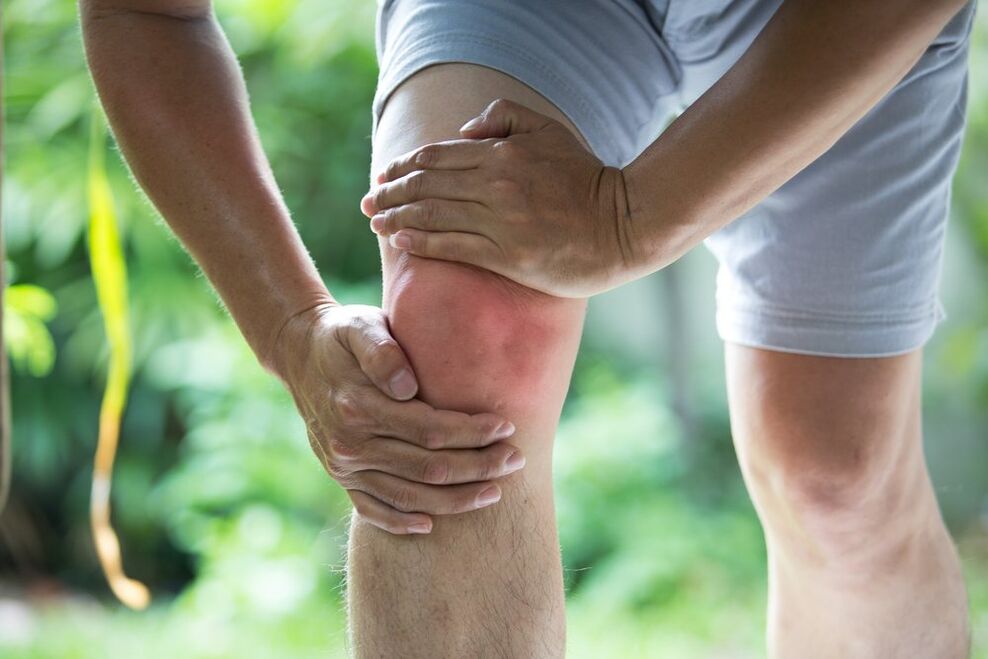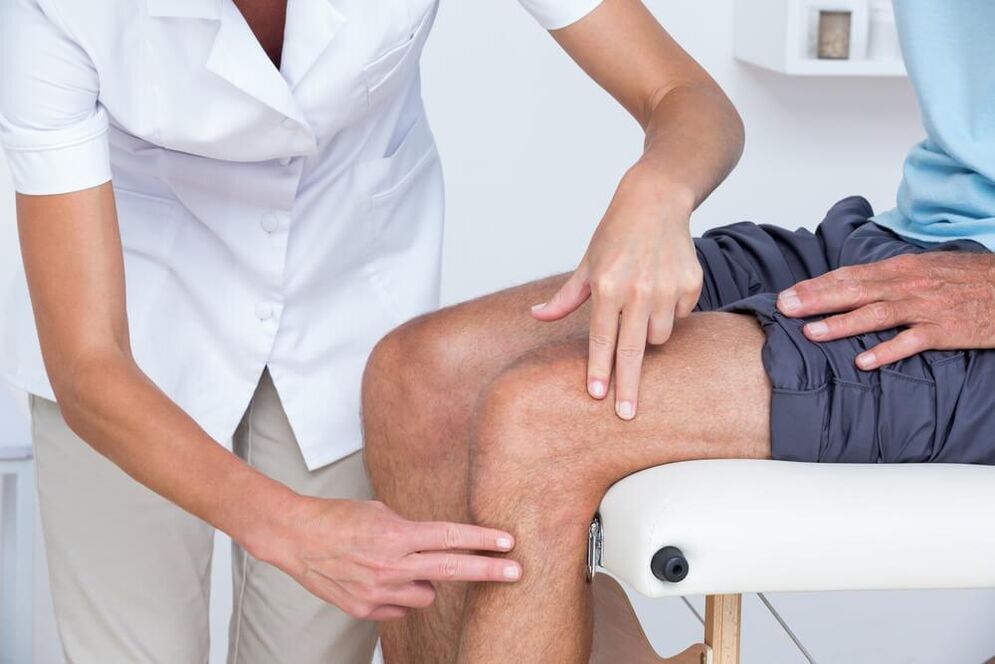Knee osteoarthritis, or gonarthrosis, is a chronic and gradually progressive disease that often causes disability. At the moment, gonarthrosis occupies one of the leading positions in terms of frequency of occurrence among all osteoarthritis. Most often, this pathological process is encountered by middle-aged and elderly people, mainly female representatives.
General information and classification
Osteoarthritis of the knee joint is a disease characterized by progressive dystrophic-degenerative damage to cartilage tissue and, subsequently, to other structures in the knee joint area. As we have already said, it is the cartilage that mainly changes in this disease. However, the pathological changes extend to the synovium, joint capsule, bones, and adjacent ligaments.
As statistics show, osteoarthritis of the knee joint occurs in about 13 percent of people over the age of forty-five. About 15 percent of people who have suffered a knee joint injury subsequently cope with this disease. More than 60 percent of patients indicate a decrease in the quality of life due to the presence of this pathology. The disability rate ranges from 10 to 21 percent.
In 2011, a team of scientists analyzed the treatment of 300 outpatients with knee osteoarthritis. At the same time, it was found that among people seeking medical care, women predominate 2, 3 times. The mean age of the patients was 51 years. It was possible to identify concomitant pathology in 27. 3 percent of the patients. The men who applied for the first time had a shorter duration of the disease and less severity of osteoarthritis than the female representatives.
As we have already said, osteoarthritis of the knee joint, which has not been treated, very often leads to the disability of a sick person. This is due to the fact that in the later stages of the disease, the joint is deformed, which limits its motor activity. The patient finds it difficult to move, he is forced to use auxiliary items, for example, crutches.
Osteoarthritis of the knee joint is divided into two forms: primary and secondary. The primary form develops when changes in the cartilage tissue of the joint were not preceded by trauma. According to statistics, it represents about 38 percent. The secondary form occurs if there is a history of trauma, inflammatory pathologies, etc.
In addition, there are three degrees of severity of this pathological process. In the first degree, the clinical manifestations have a minimal degree of severity, there are no deformities. The second degree is characterized by an increase in symptoms, moderate limitation of movement in the joint. In the third degree, a noticeable deformation of the joint is determined.
Reasons for the development of osteoarthritis of the knee joint.

The main cause of osteoarthritis of the knee joint is injury. Most often, the formation of pathological changes in the joint takes three to five years from the moment of injury, but sometimes an earlier development of arthrosis is also observed. Another common cause is increased stress on the joint. People who overload the knee joint during sports, who are overweight, are at risk.
The risk of developing osteoarthritis with previous arthritis, metabolic disorders and genetic predisposition increases significantly.
Symptoms of osteoarthritis of the knee joint.
The symptoms of this disease gradually increase. At first, a person pays attention to mild joint pain, which increases during physical exertion. A characteristic clinical sign is the appearance of pain during the first movements after a prolonged sitting position.
Sometimes in the joint area, slight swelling is determined, but most often there are no external signs of the disease.
Untreated knee joint osteoarthritis continues to progress. With the second degree, the pain becomes more intense, appears even with little physical effort. The pain syndrome disappears at rest, but when the movements begin, it reappears. In the future, the range of motion in the joint is limited, sometimes a sharp crack is noticed.
In the third degree, the pain becomes almost constant, sometimes it occurs even at night. A sick person cannot fully bend or straighten the leg, an external deformation of the joint is found. The patient's gait becomes unstable; in severe cases, he can only move with support.
Principles for the diagnosis of osteoarthritis.

As a general rule, osteoarthritis of the knee joint does not cause any difficulties in terms of diagnosis. The examination plan includes an external examination and an X-ray examination. Radiography is currently the main method of diagnosis of this disease. However, it is worth noting that in the initial stages, radiological signs may be absent, but this does not exclude the diagnosis. If a more detailed study is needed, in addition to radiography, computed tomography or magnetic resonance imaging is used.
Knee osteoarthritis: treatment and prevention.
With degenerative-dystrophic damage to the joint, treatment can be both conservative and surgical. It is worth noting that the effectiveness of therapy will directly depend on how timely it was started. Of the drugs, non-steroidal and chondroprotective anti-inflammatory drugs are used. Sometimes it is necessary to administer intra-articular glucocorticosteroids. The treatment plan is complemented by physical therapy and therapeutic exercises.
However, with advanced osteoarthritis of the knee joint, treatment is carried out by surgical methods. Most often, joint arthroplasty is used, followed by rehabilitation measures.
In 2013, scientists published an article that provides data on the study of the quality of life of patients undergoing knee arthroplasty compared to the quality of life of patients receiving conservative therapy for knee osteoarthritis. Surveys were conducted, during which it turned out that three months after stenting, people's quality of life was higher than with conservative therapy alone.
The main prevention method is to avoid injury and excessive physical strain on the knee joint.



















